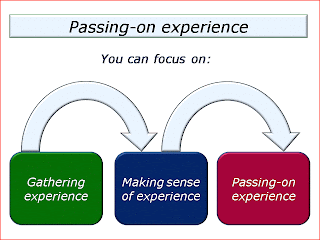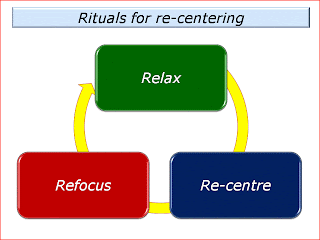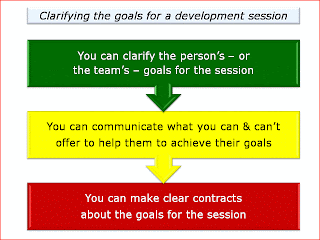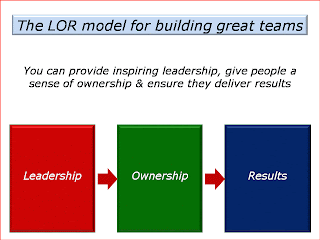3 tips for being true to yourself - even if you get sacked
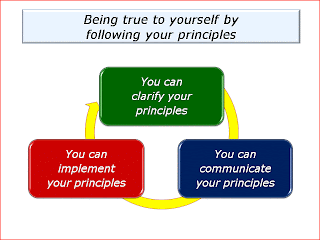
Imagine you are a leader taking over a team. Let’s explore how you can be true to yourself in that situation.
“I believe-in following three steps towards building a successful team,” said the leader mentioned above. “First, to set the right goal. This sounds simple – but it is the hardest part. Great teams set the right goal at the right time in their ‘market’. Second, to build the right team. This means getting the right people in the right places, otherwise you are sunk. Third, to implement the right strategy in the right way – and keep going until you get the right results. Lots of ‘rights’ there – but translating these into practice takes tough decisions.”
What is your philosophy for building a successful team? What are the key principles you believe-in following to achieve success? Try completing the following sentence.
The key principles I believe-in
following to build a successful team are:
*
*
*
* You can communicate your principles.
Great leaders do this in two areas. First, they communicate their principles to their sponsors before taking the role. They may say something like: “These are the results I will deliver – the ‘What’. Are there any other results you would like to add?” After getting the sponsors over the emotional line where they want to ‘buy’ what is being offered, great leaders then say: “These are the principles I will follow to deliver the results.” Whilst continually reassuring the sponsors, they outline their approach to delivering the goods. Second, they then communicate the principles to their team members. Great leaders make sure that everybody knows the ‘rules’. It is then up to people to decide whether they want to contribute towards achieving the goals.
You will, of course, communicate the principles in your own way. Try completing the following sentence.
The specific things I can do to
communicate these principles are:
*
*
*
* You can implement your principles.
Great leaders relish this part. They love following their principles –especially when it comes to making tough decisions. Why? They see these as necessary for achieving success. So they make such decisions quickly to create the right foundation and keep the team on track. They then encourage, educate and enable their people to follow the daily disciplines. Sometimes, however, they come to a crunch point with their team members or sponsors.
“That has happened for me on several occasions,” said the leader. “Early in my career I decided to fire a serial complainer – replacing him with a positive person. My sponsor, who I had worked for previously, backed me fully – even though I had failed to consult the HR people properly, something I learned to do in the future. Moving-on to another example, I took an Operations Manager role, with the brief to spread an initiative across Europe. When it came to the crunch, however, my bosses would not back me fully. They insisted that I should try to ‘influence’ people, rather than have any direct authority. I soldiered-on but, at best, it was only 50% successful. Since then I have learned to make clear contracts. I would sooner get sacked by being true to myself. I don’t want to fail on two counts: not delivering the goods and not being true to my principles.”
Let’s return to your leadership role. How can implement your principles? What may be the tough decisions? How can you enable your people to deliver the goods? What may be the crunch moments in relation to your sponsors? How can you be professional and polite at such moments – yet also follow your principles? Try completing the following sentence.
The specific things I can do to
implement the principles are:
*
*
*
Everybody encounters moments when they must make a crucial decision: do I be true to myself or do I put my principles aside for a while? Sometimes it is not ‘black or white’; but ultimately it is vital to be true to yourself. Then we can laugh at Groucho Marx’s joke: “Those are my principles. If you don't like them I have others.”
Labels: being true to yourself, leadership, principles






